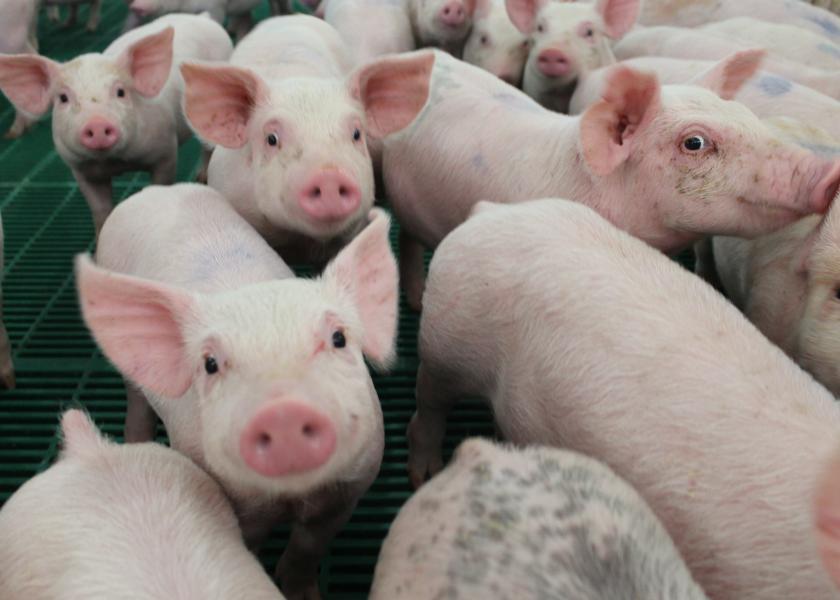A Watchful Eye: Updates Announced in APHIS Swine Fever Surveillance Plan

African swine fever virus (ASF) is not new. First discovered in Kenya in 1921, the disease continues to devastate swine populations across the globe and inches closer to the U.S. pig supply.
When ASF was detected in Haiti and the Dominican Republic in 2021, “[USDA’s Animal and Plant Health Inspection Service] promptly increased existing mitigations and initiated several new proactive prevention efforts” including enhanced surveillance in the U.S. Virgin Islands and Puerto Rico, a USDA release reveals.
These efforts by APHIS have been key to keeping the U.S. free of ASF, specifically its Swine Hemorrhagic Fevers: African and Classical Swine Fevers Integrated Surveillance Plan.
Initially developed in 2019 to further overall ASF preparedness, APHIS announced recent updates to the Surveillance Plan to build on additional efforts, including:
1. Updates case definitions
2. Adds whole blood as an approved sample type
3. Clarity on information about data sources
“ASF has never been detected in the United States, but an outbreak would have devastating economic effects on the swine industry and would cause billions of dollars in lost production and trade,” the release notes. “We have numerous interlocking safeguards—including surveillance—to prevent against the introduction of ASF in the United States.”
The updated plan and additional information and resources are available through APHIS to best educate and prepare the U.S. swine industry in ASF prevention and detection.







